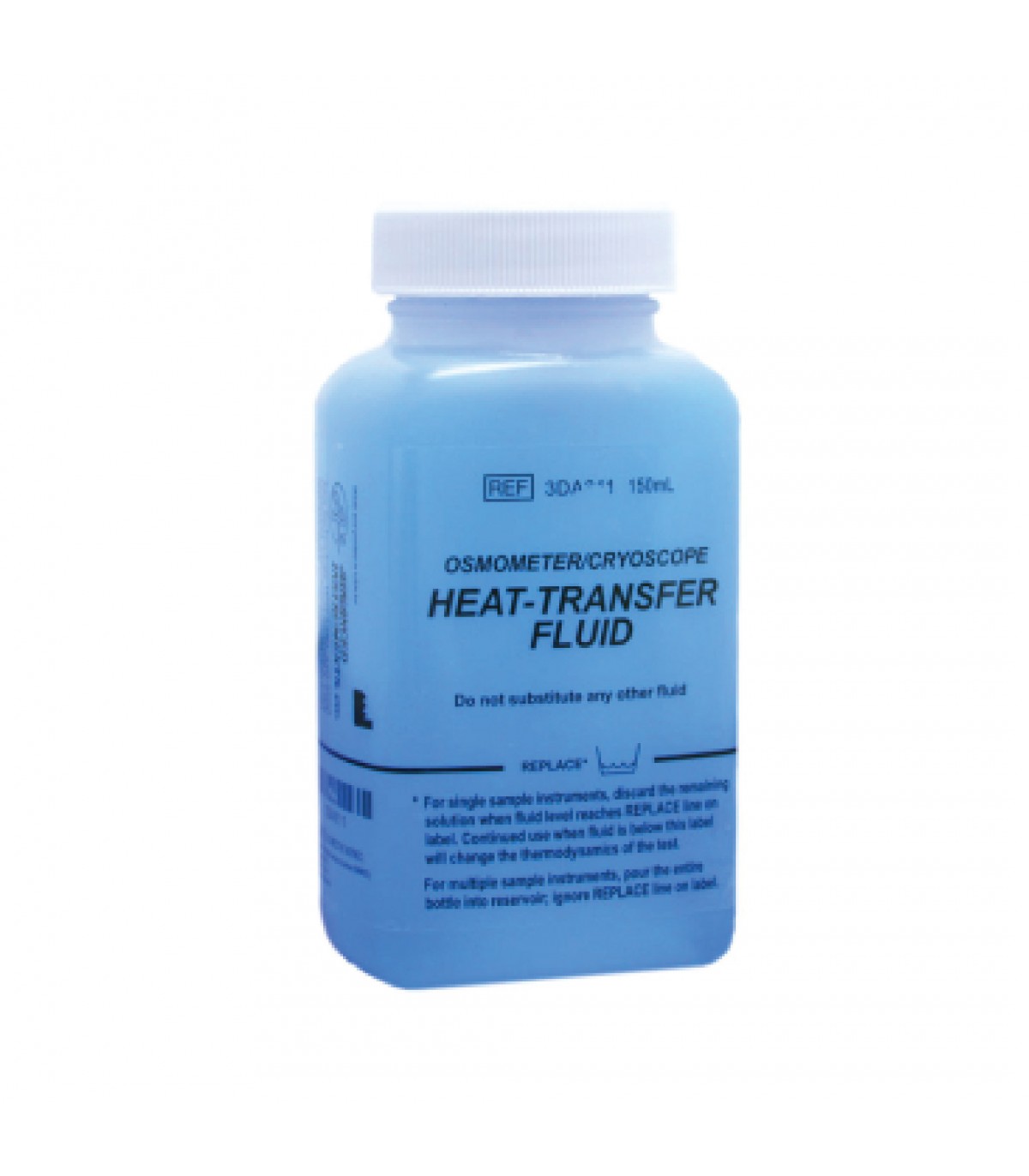The Relevance of Thermal Stability in Heat Transfer Fluid Choice
Wiki Article
Exactly How Warm Transfer Fluid Adds To Lasting and Economical Workflow
In the contemporary industrial landscape, the function of warm transfer fluids (HTFs) in promoting sustainable and cost-efficient operations can not be overstated. These liquids are crucial in maximizing thermal management systems, thereby significantly enhancing energy performance and minimizing operational prices. The environmental benefits of sophisticated HTFs, with their high thermal stability and reduced toxicity, are obvious. They not only expand system longevity yet also add to the decrease of dangerous emissions. The true possibility of HTFs is realized with the thorough selection process, making sure compatibility and safety. However what aspects should lead this vital selection?Recognizing Warmth Transfer Fluids
In the world of thermal monitoring, warm transfer liquids (HTFs) offer as necessary representatives for transferring thermal power from one place to another. These liquids play an essential role in various commercial applications, including chemical processing, power generation, and Cooling and heating systems.The structure of heat transfer liquids can vary significantly, consisting of choices such as mineral oils, synthetic oils, glycols, and molten salts. Each kind provides distinctive advantages, such as boosted thermal security, low thickness, and high boiling factors, which are chosen based on particular functional needs. The choice of HTF effects not only the effectiveness of warmth transfer however additionally the longevity and security of the system in which it is employed.
As markets proceed to innovate, the development of sophisticated HTFs, identified by their improved thermal conductivity and decreased ecological impact, is important for fulfilling the demands of contemporary thermal administration obstacles.

Enhancing Energy Effectiveness

Improving energy efficiency has ended up being an extremely important problem throughout numerous sectors, motivating a more detailed examination of warmth transfer liquids' duty in maximizing thermal monitoring systems. These liquids are important to preserving the preferred temperature level in procedures, thus reducing energy waste and enhancing overall system effectiveness. By choosing a suitable heat transfer liquid, sectors can dramatically improve their power efficiency, bring about reduced power usage.

Advanced solutions of warmth transfer fluids have been developed to hold up against extreme temperature levels while keeping security and performance. Improving power effectiveness with optimal heat transfer fluid choice is not just a technological necessity however additionally an ecological vital.
Lowering Operational Costs
Operational expenses are a considerable factor to consider for sectors looking for to maintain competitive benefit, and the selection of heat transfer fluid plays an important duty in price monitoring. Picking a proper heat transfer fluid can result in considerable expense financial savings by improving system effectiveness and minimizing power usage. High-performance liquids lessen thermal deterioration, which consequently lowers the regularity of liquid substitute and downtime related to upkeep, consequently reducing functional costs.Additionally, warm transfer liquids with remarkable thermal security and rust resistance prolong the life-span of equipment. This reduces the need for frequent repairs and replacements, which can be costly and turbulent to procedures. By spending in high-grade liquids, sectors can attain long-lasting reductions in maintenance expenses and boost the integrity of their systems.
Additionally, progressed warm transfer fluids usually exhibit lower thickness at running temperatures, which enhances pump effectiveness and lowers energy usage in fluid blood circulation. Many modern warm transfer liquids are crafted to run effectively over a broad temperature level array, lowering the need for multiple fluid types, consequently simplifying supply requirements and decreasing connected expenses.
Ecological Influence Decrease
The press in the direction of reducing environmental impact has acquired momentum in markets leveraging warm transfer liquids. Business are significantly identifying the you can try this out relevance of minimizing ecological footprints by taking on lasting techniques. Warmth transfer liquids (HTFs) play a vital function in this transition, offering opportunities to enhance power performance and reduce exhausts. By picking HTFs with high thermal security and low toxicity, industries can make certain marginal leak and deterioration, thus minimizing damaging environmental launches.In addition, using sophisticated heat transfer liquids adds to improved system effectiveness, decreasing the total power consumption. This decrease not only leads to cost financial savings but additionally reduces co2 discharges, assisting in the fight against environment adjustment. Fluids that are biodegradable and recyclable better enhance sustainability initiatives, as they decrease waste and advertise circular economic climate practices.
Furthermore, incorporating HTFs into closed-loop systems protects against fluid loss and contamination of find out here now the surrounding atmosphere. This strategy guarantees that liquids are recycled, decreasing the need for new resources and restricting waste generation. By embracing these ecologically aware techniques, markets can significantly decrease their eco-friendly impact while preserving high functional performance, aligning with worldwide sustainability objectives and governing requirements.
Selecting the Right HTF
Picking the appropriate heat transfer liquid (HTF) is an essential step in advancing ecological sustainability within commercial processes. The choice of HTF directly influences system performance, power consumption, and environmental effect. An excellent HTF should possess a high thermal capacity, low thickness, and high thermal conductivity to make certain efficient heat transfer. Additionally, its stability over a broad temperature variety is vital to prevent degradation, which you can check here can result in boosted discharges and waste.This ensures long life and decreases maintenance expenses. The fluid must be non-toxic and eco-friendly, reducing its eco-friendly footprint and making certain compliance with ecological policies.
Verdict

Report this wiki page